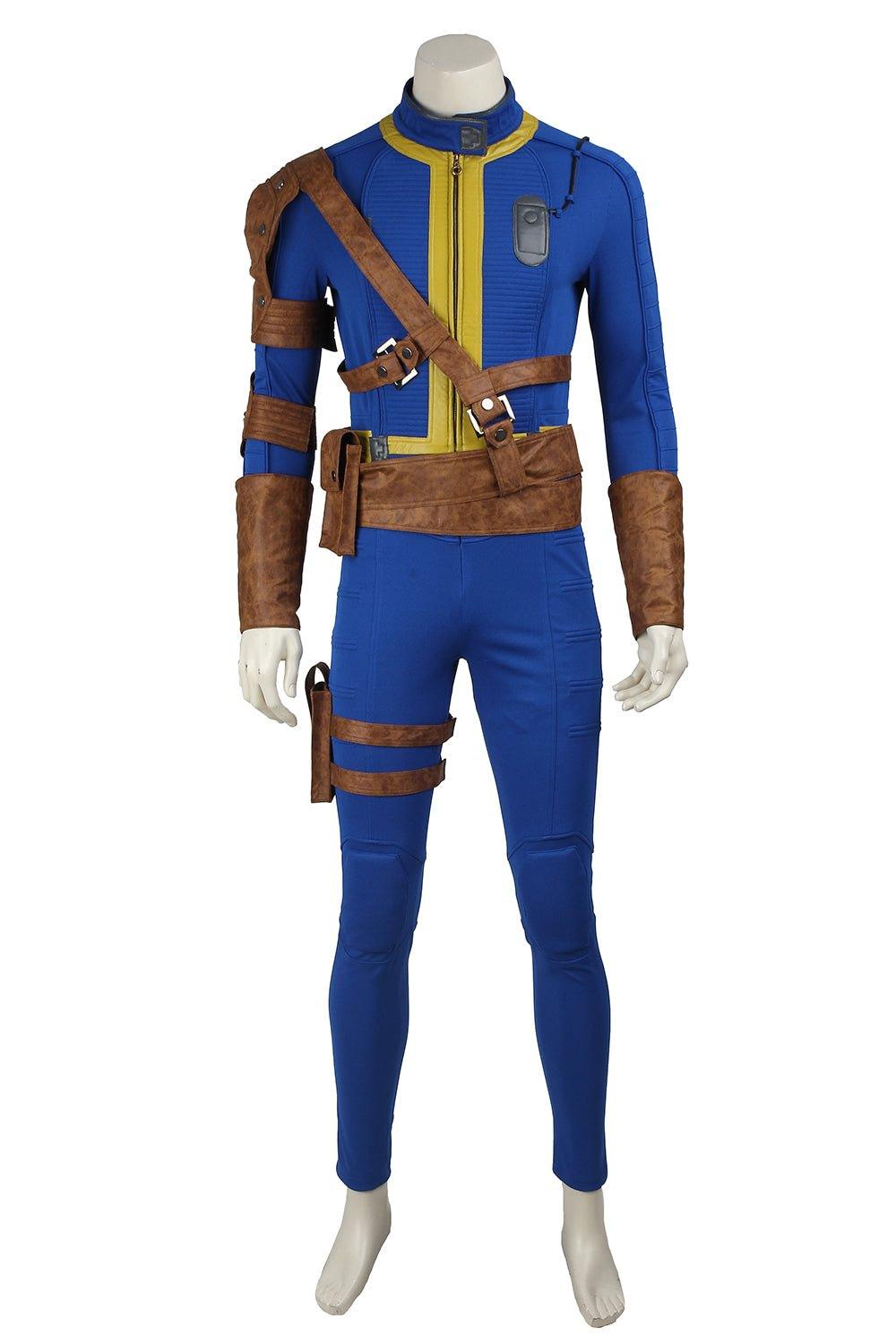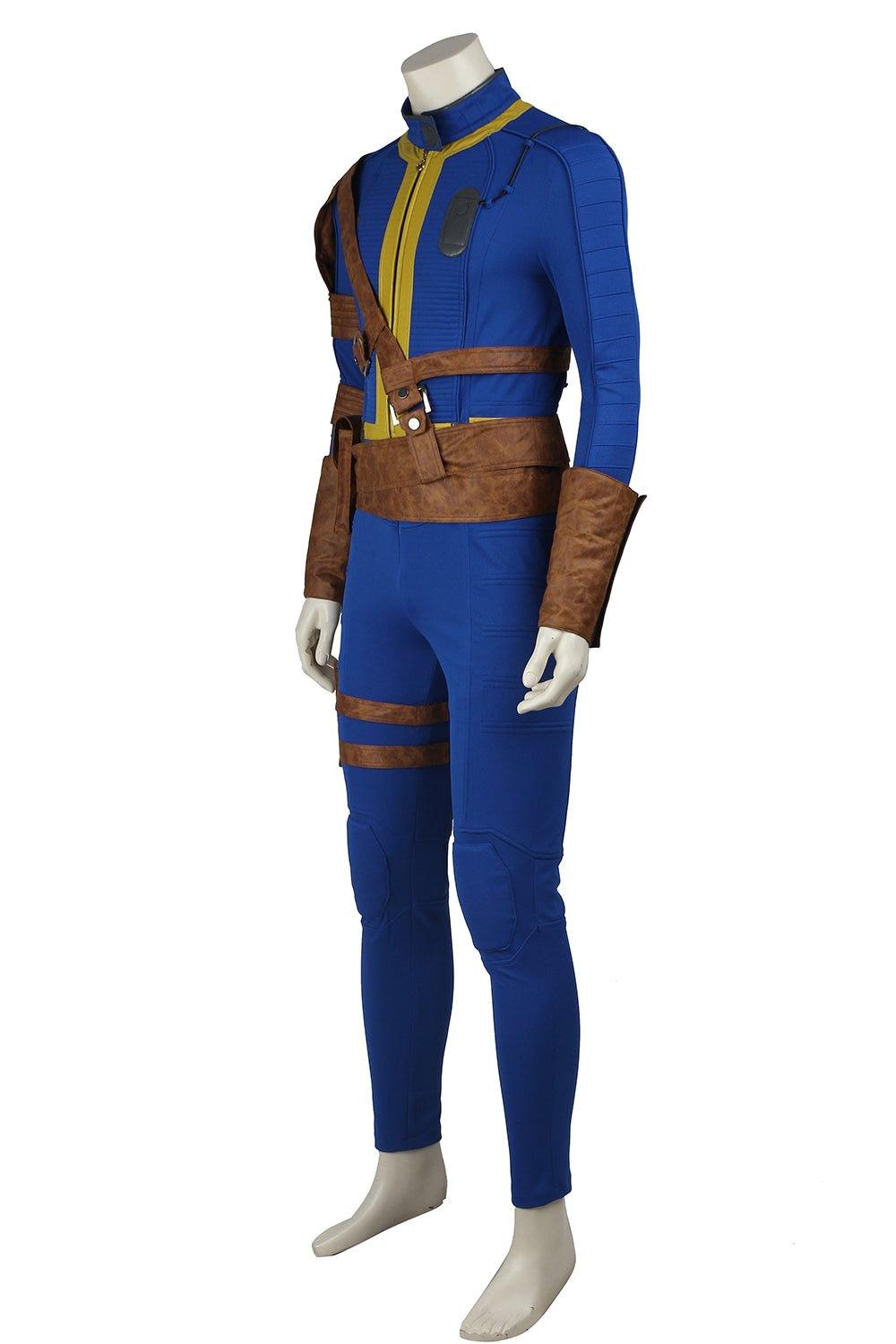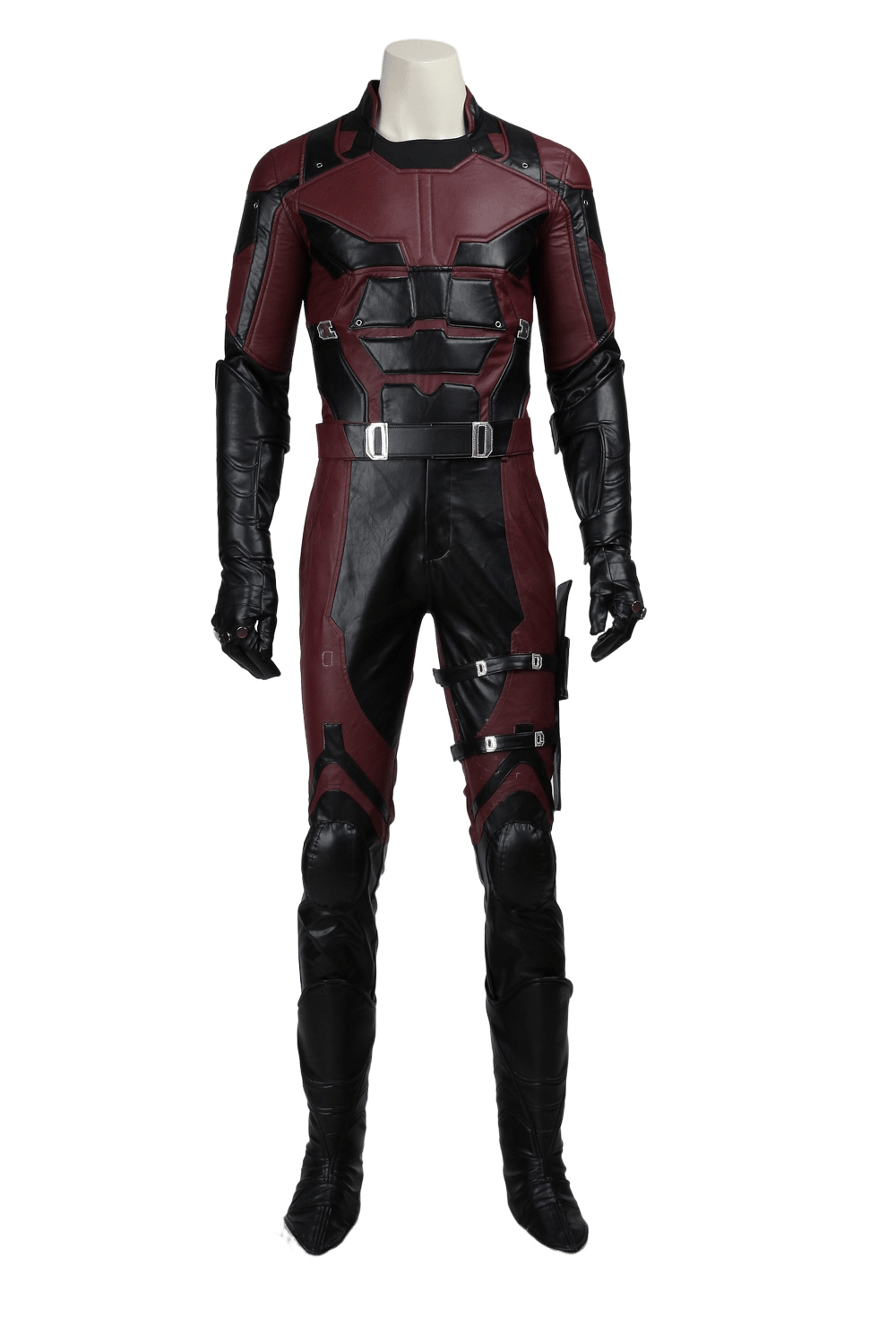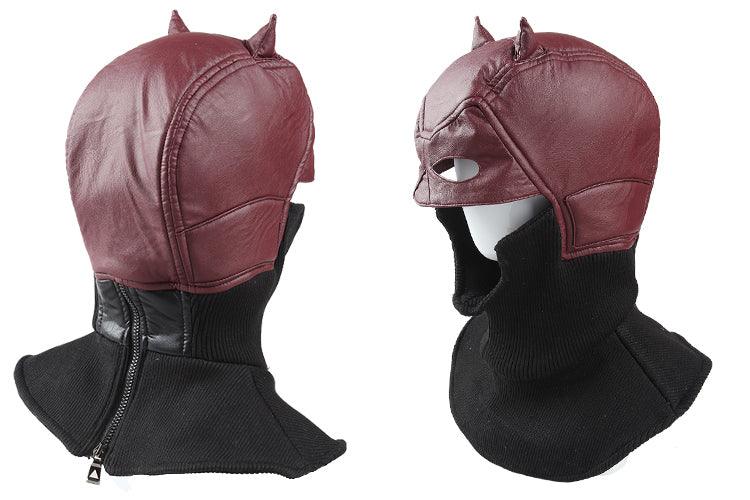How to Make Cosplay Armor: A Comprehensive Guide
Creating cosplay armor is a rewarding and intricate process that allows you to bring your favorite characters to life. This guide will walk you through the steps of making your own cosplay armor, from selecting materials to finishing touches. We will also highlight resources like CrazeCosplay.com and top-ranked tutorials to help you along the way.
Materials and Tools
The first step in making cosplay armor is gathering the necessary materials and tools. Here are some common materials used in cosplay armor:
-
EVA Foam: This is the most popular material for cosplay armor due to its flexibility, ease of use, and comfort. It can be shaped with heat and is lightweight.
-
Worbla: A thermoplastic material that becomes moldable when heated. It is durable and can be used for detailed work.
-
Cardboard: An inexpensive and accessible material, though less durable and harder to shape than foam or Worbla.
-
Metal: For those seeking authenticity, metal can be used, but it requires advanced skills and tools.
-
Cloth: Often used for capes, banners, and other accessories.
Tools you will need include:
-
Scissors and X-acto knives
-
Heat gun or hair dryer
-
Glue (hot glue, contact cement, or super glue)
-
Dremel tool for detailing
-
Measuring tape
-
Plastic wrap and duct tape for pattern making
-
Paints and primers
Step-by-Step Guide to Making Cosplay Armor
Step 1: Research and Design
Before you start crafting, research your character thoroughly. Gather as many reference images as possible from different angles. This will help you understand the details and proportions of the armor.
Step 2: Create a Pattern
Creating a pattern is crucial for ensuring your armor fits correctly. There are two main methods for pattern making:
-
Measuring and Drawing: Use a measuring tape to measure your body parts and draw the patterns on paper.
-
Duct Tape Method: Wrap the part of your body you are making armor for with plastic wrap and then cover it with duct tape. Draw the pattern on the duct tape, cut it off, and transfer it to your material.
Step 3: Cut and Shape the Material
Once you have your patterns, transfer them to your chosen material (EVA foam, Worbla, etc.) and cut them out. For EVA foam, use a sharp knife or scissors. For Worbla, you can use a heat gun to make it pliable and then cut it.
Shaping: Use a heat gun to shape the foam or Worbla. For foam, heat the piece until it becomes flexible, then shape it around a form or your body. For Worbla, heat it until it becomes soft and mold it into the desired shape.
Step 4: Assembly
Glue the pieces together using contact cement or hot glue. For larger pieces, you may need to use additional support like straps or buckles. Ensure that all pieces fit together snugly and securely.
Step 5: Detailing and Weathering
Details can make your armor stand out. Use a Dremel tool to add engravings, battle damage, or other textures. For weathering, use a rotary tool and soldering iron to create scratches, dents, and other signs of wear.
Step 6: Priming and Painting
Priming is essential to ensure that the paint adheres well to the material. Use a primer suitable for foam or plastics. Apply several coats, allowing each to dry completely.
Painting: Use acrylic paints for the base color. For metallic effects, use metallic paints. Add shadows and highlights to give the armor depth and realism. Weathering can be enhanced with darker paints to simulate dirt and grime.
Step 7: Strapping and Fitting
Attach straps, buckles, or Velcro to secure the armor pieces to your body. Ensure that the straps are adjustable for comfort and fit. Hide the straps as much as possible to maintain the aesthetic of the armor.
Resources for Cosplay Armor
CrazeCosplay.com
CrazeCosplay.com offers a wide range of tailor-made cosplay costumes, wigs, and accessories. While they primarily sell finished products, their blog provides useful tips and tutorials for DIY projects. For example, their guide on creating an Astrid costume from How to Train Your Dragon includes detailed steps for making various armor pieces using EVA foam and other materials.
Skillshare and Instructables
Skillshare offers courses on making cosplay armor, including detailed tutorials on using EVA foam, creating patterns, and painting techniques. Instructables also provides step-by-step guides for creating cosplay armor, focusing on practical tips and techniques for beginners and advanced cosplayers alike.
YouTube Tutorials
YouTube is a treasure trove of cosplay tutorials. Channels like Kamui Cosplay and Evil Ted Smith offer comprehensive guides on working with EVA foam, Worbla, and other materials. These tutorials cover everything from basic techniques to advanced detailing and weathering.
Tips for Success
-
Practice: Before starting on your main project, practice on small pieces to get a feel for the materials and tools.
-
Safety: Always work in a well-ventilated area and wear protective gear when using tools like heat guns and Dremels.
-
Patience: Cosplay armor making is a time-consuming process. Take your time to ensure each step is done correctly.
-
Community: Join cosplay communities online, such as Reddit's r/cosplayprops, to share your progress, get feedback, and learn from others.
Conclusion
Making cosplay armor is a blend of creativity, craftsmanship, and dedication. By following this guide and utilizing resources like CrazeCosplay.com and top-ranked tutorials, you can create stunning and realistic cosplay armor. Remember, the key to successful cosplay is attention to detail and a passion for bringing your favorite characters to life. Happy crafting!







